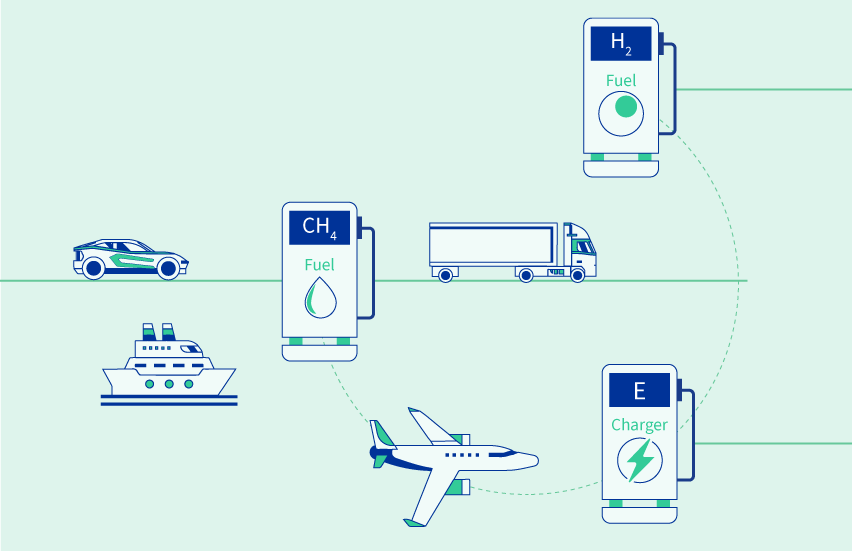Expected impacts of ‘Fit for 55’ legislation on connectivity and mobility in Europe
The European Union is undertaking ambitious measures to combat climate change, adapt to its impacts, and transform its economy into a sustainable and resilient system. Central to this effort is the ‘Fit for 55’ package, a proposal that aims to align EU legislation with its environmental and climate objectives.
Background
The ‘Fit for 55’ package is a comprehensive set of EU proposals to update legislation and introduce new initiatives to align policies with climate goals set by the Council and European Parliament. It aims to ensure a fair transition, enhance innovation and competitiveness, ensure a level playing field with global partners, and reinforce the EU’s leadership in climate action. The name ‘Fit for 55’ reflects the target of reducing net greenhouse gas (GHG) emissions by at least 55% by 2030.

Fit for 55 includes 19 legislative proposals, with 11 focused on transport. Five are horizontal reforms to enhance emissions reduction, extend the EU Emissions Trading System (ETS) to new sectors, and create the Social Climate Fund. These also mandate alternative fuel infrastructure, revise the Effort Sharing Regulation, and set more ambitious renewable energy targets in transport, aligning with the European Green Deal.
In the road transport sector, a new Regulation introduces stricter CO2-emission performance standards for new cars and light commercial vehicles to drive emissions reductions and support the green transition. Maritime transport is also impacted, with one Directive revising the ETS to require shipping companies to surrender allowances for greenhouse gas emissions, while a new Regulation sets stricter GHG intensity limits and mandates the use of renewable fuels and zero-emission technology for vessels. For air transport, one Decision focuses on the CORSIA requirements, while a Directive phases out free emission allowances under the ETS, and the ReFuelEU Aviation Regulation introduces progressive blending obligations for sustainable aviation fuels.
In this context, the European Parliament and the TRAN Committee commissioned Ecorys and CE Delft to conduct a study on transport-related legislation under the ‘Fit for 55’ package. In our study, we define the concepts of connectivity and mobility and assess the anticipated impacts of the transport-related components of the ‘Fit for 55’ package on these two factors.
Key findings
The implementation of Fit for 55 demonstrates system-wide economic and social effects across road, maritime, and air transport modes. While rail and inland waterways are not directly targeted, they experience mostly positive indirect impacts. Transitioning to alternative fuels will generally increase costs, making price changes a key consideration for users and operators. Over time, costs are expected to decrease due to technological advancements and economies of scale, though exceptions exist. For instance, in maritime transport, long-term alternative fuels are expected to remain more expensive than transitional options.
In the short term, cost increases may disproportionately affect lower-income groups, with aviation and maritime sectors facing higher costs than road transport. The Social Climate Fund is designed to mitigate these effects and support a fair transition. In the long term, investments in new vehicles, alternative fuels, and public services will enhance transport quality and availability, reduce costs, and shorten travel times, improving connectivity and mobility. However, balancing trade-offs—particularly in aviation—remains critical, as does supporting Member States in implementing Fit for 55 transport legislation. Addressing uneven impacts across regions, demographics, and time horizons requires differentiation based on vulnerable groups. Finally, comprehensive funding strategies are essential to achieving modal shift targets and reducing disparities.
Want to know more? Please read our full report here or check out the summary here.

5 December 2024
3 minute read
Sectors
Key Experts
David Matheus
Consultant
Giorgio Rando
Consultant
Hugh Gardner
Principal Consultant
Marco Brambilla
Senior Consultant



